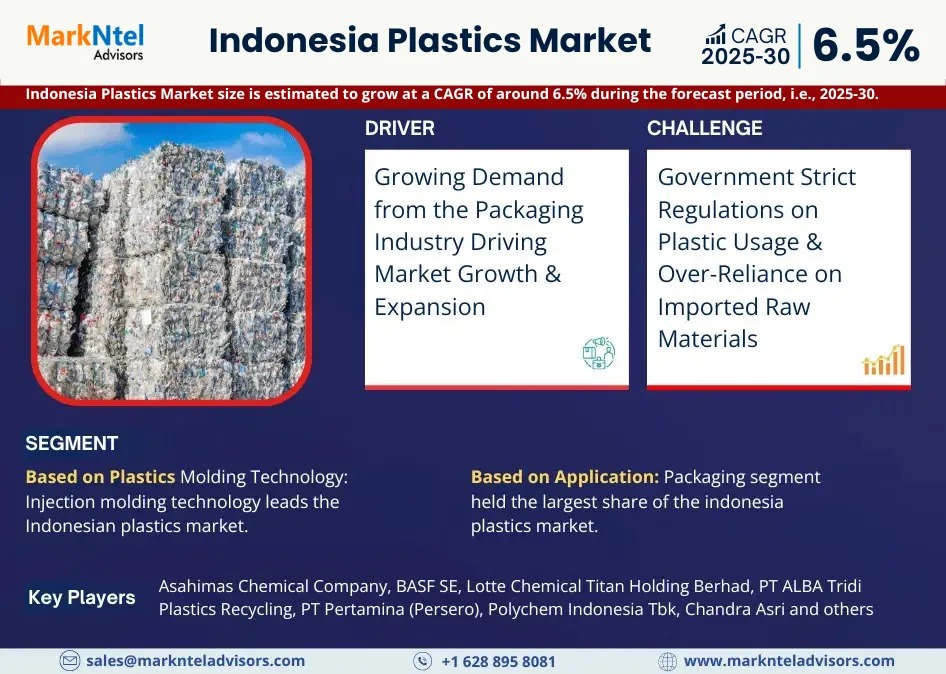
In an era where digital transformation is reshaping every industry, the education sector cannot afford to be left behind. Yet, many schools continue to rely on traditional spreadsheets to manage complex administrative tasks—student records, attendance, fee management, timetable planning, and more. While spreadsheets may seem like a simple and cost-effective solution, they are increasingly proving to be inefficient and error-prone in today’s fast-paced academic environment. If your institution still uses spreadsheets, it’s time to consider a smarter, more integrated solution: school ERP software.
Why Spreadsheets Fall Short in Modern School Management
Spreadsheets have long been the go-to tool for data management in schools due to their simplicity and accessibility. However, they were never designed to handle the multifaceted requirements of educational institutions. Here are a few reasons why relying on spreadsheets is holding your school back:
Error-Prone Data Entry
Manual entry of data is one of the biggest drawbacks of spreadsheets. A single typo can lead to significant discrepancies, especially when dealing with financial transactions, exam results, or attendance records. Studies have shown that up to 88% of spreadsheets contain errors, often due to human oversight.
Lack of Real-Time Access
Spreadsheets are usually saved on individual computers or shared through emails and cloud drives. This creates confusion over the most recent version and leads to delays in decision-making. In contrast, modern ERP systems offer real-time access to data across departments.
Limited Security and Compliance
Educational institutions must manage sensitive student and staff information. Spreadsheets typically lack robust security features such as role-based access control, audit trails, or encryption, putting your institution at risk of data breaches and non-compliance with regulations such as GDPR or FERPA.
Inadequate Scalability
As your school grows, so does the volume of data and complexity of operations. Spreadsheets struggle to scale efficiently and become cumbersome with large datasets. Tasks such as tracking performance trends or generating analytical reports are tedious and time-consuming.
Enter Smart School ERP Software
School ERP software is a comprehensive platform designed to streamline and automate the core administrative and academic processes of an educational institution. It integrates various functions into a single, centralized system that is accessible by authorized personnel anytime, anywhere.
Here’s how making the switch can transform your institution:
Centralized Data Management
With a robust ERP solution, all your data—from admissions and academics to payroll and transport—is stored in one place. This eliminates redundant entries, enhances consistency, and ensures that everyone is working with the same information.
Automation of Routine Tasks
Daily administrative activities such as attendance tracking, fee collection, and grade reporting can be automated. This not only reduces the workload on staff but also minimizes human error and boosts overall efficiency.
Real-Time Communication and Collaboration
Modern ERP systems include portals for students, parents, teachers, and administrators. This fosters transparency and improves communication, whether it’s sharing exam schedules, publishing results, or notifying parents about events and meetings.
Enhanced Reporting and Insights
School ERP platforms come equipped with advanced analytics and reporting tools. These features enable institutions to gain valuable insights into student performance, financial health, and operational bottlenecks, helping leaders make informed decisions backed by data.
Security and Compliance
Most reputable ERP providers follow industry-standard security practices, including data encryption, multi-factor authentication, and regular backups. Moreover, these systems help schools adhere to regulatory requirements by maintaining proper documentation and audit trails.
Making the Switch: What to Consider
Transitioning from spreadsheets to a smart school ERP solution may seem daunting at first, but the long-term benefits far outweigh the initial investment. Here are a few factors to keep in mind when choosing an ERP system:
Customization: Look for a solution that can be tailored to the unique needs of your institution.
User-Friendliness: An intuitive interface ensures faster adoption by staff and students alike.
Vendor Support: Opt for a vendor that offers comprehensive training and customer support.
Integration Capabilities: The ability to integrate with existing tools like learning management systems (LMS) or financial software can greatly enhance functionality.
Real-World Impact
Numerous institutions worldwide have already made the transition and witnessed tangible improvements. For instance, a case study from the Education Technology Insights Journal highlighted a mid-sized private school that reported a 40% reduction in administrative workload and a 60% improvement in fee collection efficiency after implementing an ERP system.
Similarly, schools using ERP software have noted better parental engagement, improved academic tracking, and smoother communication flows between departments. These benefits collectively contribute to a more organized, efficient, and student-focused learning environment.
Final Thoughts
Clinging to spreadsheets in today’s digital age is like using a typewriter when you have access to a computer. While spreadsheets might still serve a purpose for minor data tasks, they are simply not equipped to handle the evolving demands of modern school management. Transitioning to school ERP software is not just an upgrade—it’s a strategic move toward operational excellence, transparency, and better educational outcomes.
If your institution is ready to embrace smarter, more agile administration, now is the time to leap. The future of education is digital—don’t let outdated tools hold you back.







